Tractors and other slow-moving vehicles took part in nationwide action today in protest at the rising cost of fuel.
So-called ‘slow protests’ were held in Aberdeen and Inverness, as well as further south.
The protests, which started at around 7am, are understood to have been organised via social media under the banner Fuel Price Stand Against Tax.
But 12 people were arrested by Gwent Police for driving too slow on the M4 between South Wales and Somerset – after they allegedly went below the agreed 30mph.
In some parts of the north and north-east, fuel prices at rural or independent forecourts have breached the £2.00 mark, and there are no signs it will stop in the near future.
The issue is universal for all motorists, and some are taking action to show their anger and frustration.
Readers have been sharing their thoughts on the demonstration – with many supportive, even if they were caught up the tailbacks on the A92 Stonehaven-Aberdeen or Kessock Bridge today.
@weejim6080 #fuelprotest #fuelprices #fuelpricesuk @scrote16
‘Time to take a stand’
Some P&J readers defended the action, with Jackie Corsie posting: “Nobody likes to be in a traffic jam, but I agree totally, something needs done and block as long as it takes I say.”
Maclean Graeme wrote: “Bring whole of UK to a standstill I say, typical government raising prices to line their own pockets, block every road stop every train and ferry.”
Amy MacLeod wrote: “Well done, it’s time to take a stand.”
David Munro called for more than just a few hours of protest writing: “It’s a week-long protest needed not a few hours.
“These politicians and corporations need shown they are nothing without the people.”
Gail Cruickshank wrote: “Well done everyone. Something needs done. Power to the people.”
Alan Gowans posted: “Not before time. Getting to the stage when you need a bank loan to fill the car up.”
Cinders Robinson wrote: “I understand why they’re doing it, need a mortgage these days to fuel your car/lorry/tractor up but I hope they allow emergency services through.”
Many referenced the 2000 protests which due to rising oil prices and inflation led to a sharp rise in fuel prices.
Joyce Murray wrote: “I remember this from 2000 and as a district nurse was three hours late getting to patients in the community and emergency vehicles could not respond to call-outs.
“I agree something requires to be done about fuel prices but in a safe way that does not put people’s lives at risk.”
Not all so supportive
Richard Cawston questioned people’s tactics writing: “Didn’t they do this in the summer of 2000 and it led to mass panic buying, fuel shortages and the price of fuel going up?”
Jen McNassie wrote: “So to protest against the price of fuel, they spend fuel-making people spend more on fuel while stuck in traffic. Very logical.”
Kevin Carter was also unimpressed, and wrote: “The problem is they’re not harming the government by blocking roads, nor are they going to influence them to lower taxes on fuel.
“The only people they are harming and disrupting is the people trying to get to work, trying to get to job interviews, hospital appointments, funerals and to visit dying relatives. These are the people that are going to be affected by these ‘protests'”.
In September 2000, panic buying of fuel eventually led to more than 3,000 petrol stations closing due to lack of fuel.
The 2022 protests are hoping to force the UK Government to cut fuel duty tax, which will lead to a drop in prices.
To keep updated on the price of fuel in your area visit the P&J fuel price tracker.
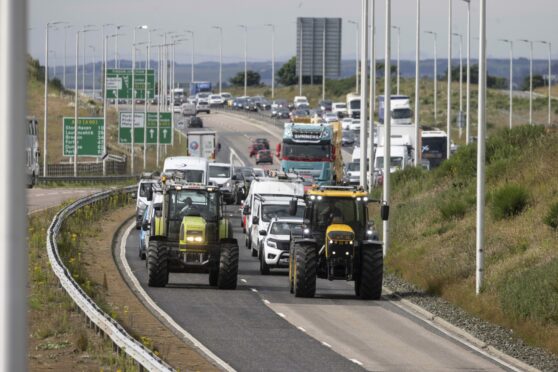
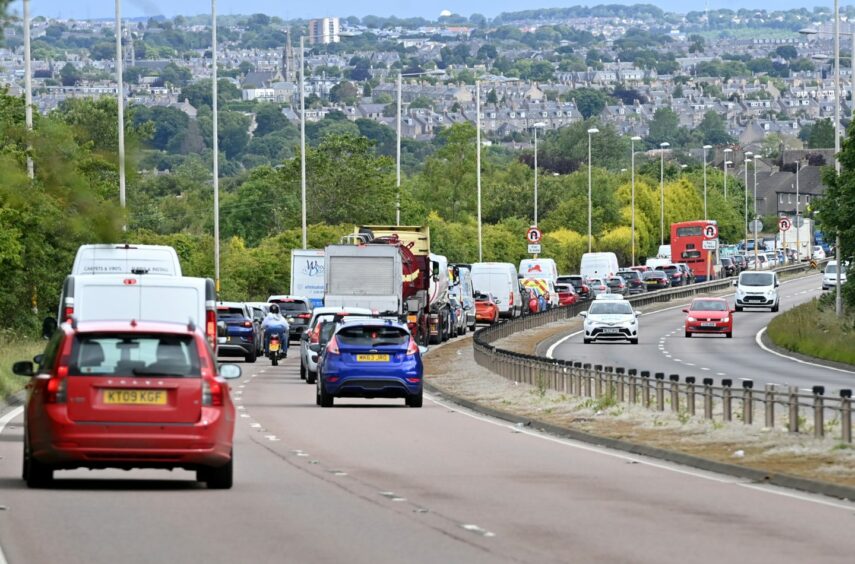
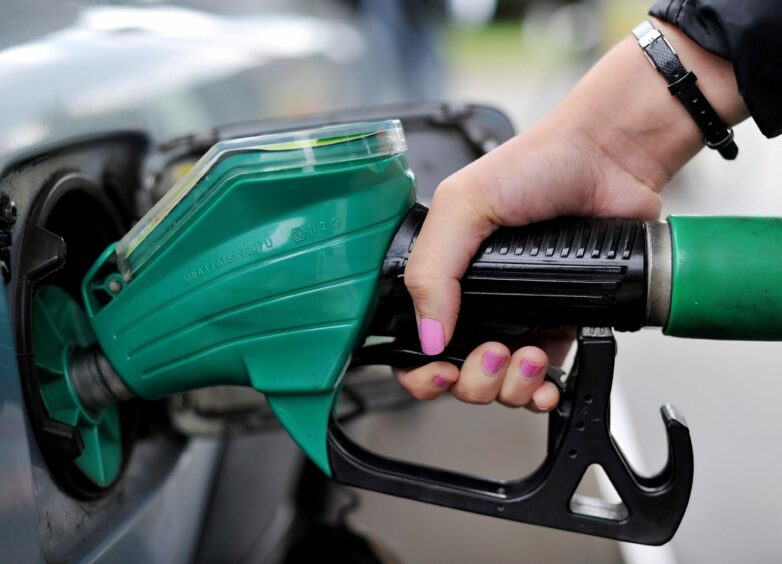

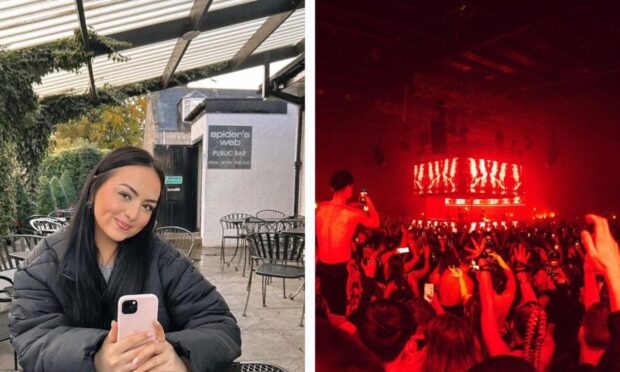

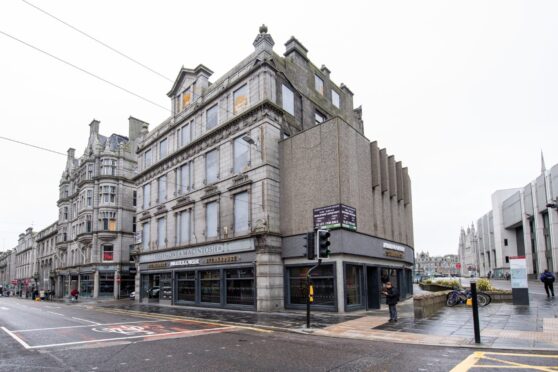


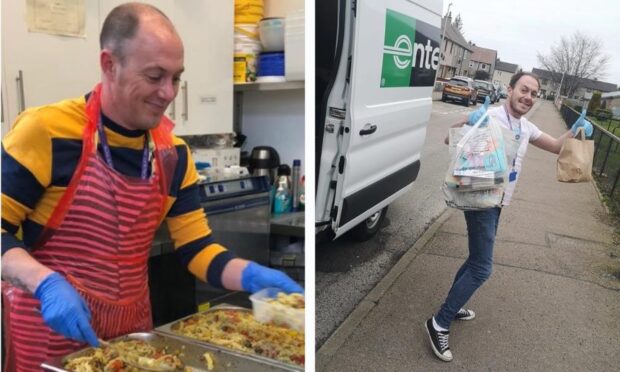
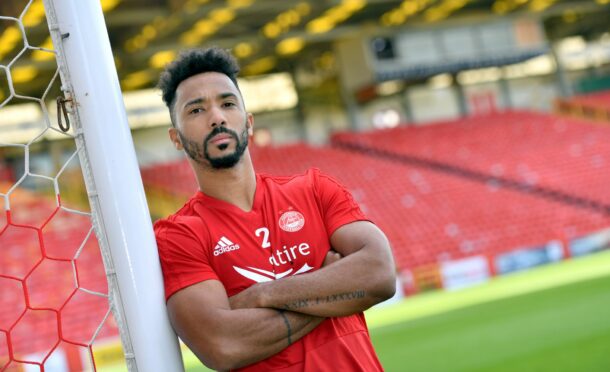
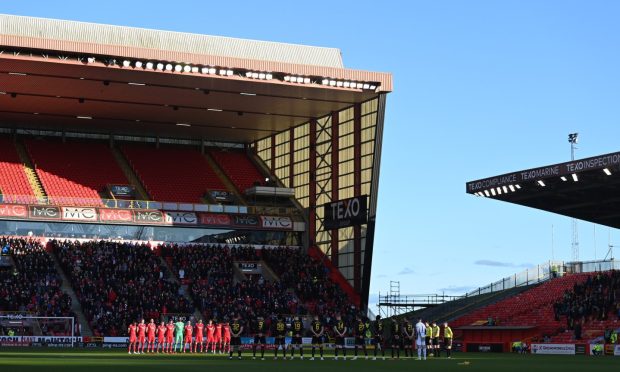
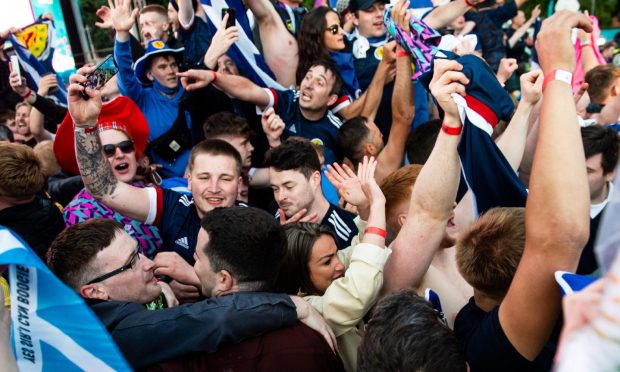
Conversation